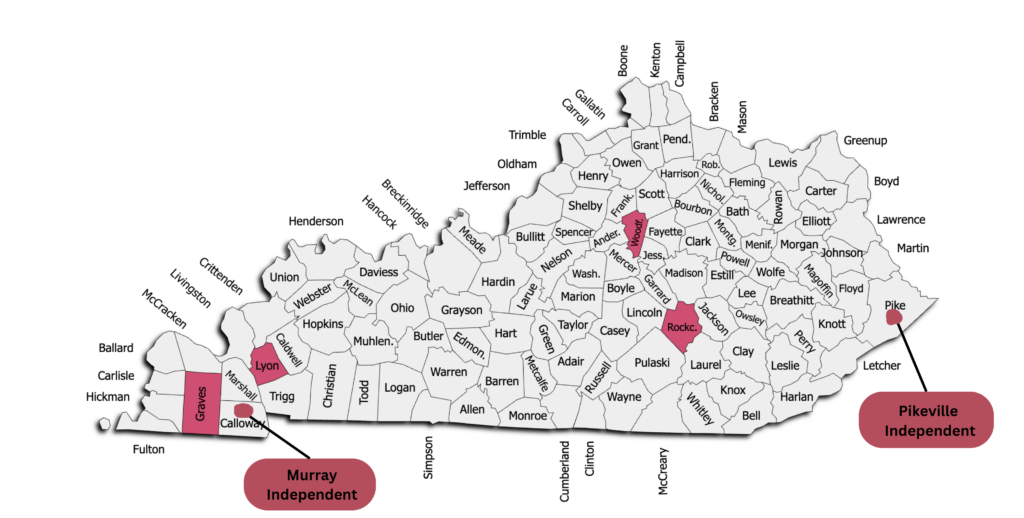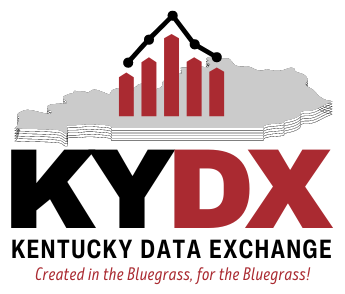Kentucky Data Exchange
Empowering K-12 Education through Data Interoperability
and Dynamic Visualizations


Our Platform
Our platform is Created in the Bluegrass, for the Bluegrass! to ensure customization of Kentucky’s need for a comprehensive analytics platform that is easy to use, timely, and comprised of the information educators need most in order to make data driven decisions to benefit Kentucky students.
What we do…
What is KYDX?
The Kentucky Data Exchange is a collaborative initiative between the Kentucky Education Development Cooperation and the Western Kentucky Education Cooperative. The intent of the initiative is to seek input and support from Kentucky stakeholders in designing a platform that utilizes data interoperability to visualize whole-child student data for participating school districts in the state of Kentucky.


Why KYDX?
Our Why
The 2022/2023 School Report Card data for
the state of Kentucky indicates that nearly
one-third of all students in the state were
chronically absent. We know the importance
of attendance and that students cannot reach
their full learning potential if they are not in
school. To support the Chronic Absenteeism
Campaign launched by KDE, we are creating
a program that uses attendance, assessment,
diagnostic screening, and behavior data to
visualize trends and help predict chronic
absenteeism before it begins. The whole
child data visualizations will help educators
and leaders determine causes for chronic
absenteeism so that interventions and
solutions can be developed.
Who we serve…
Participating Districts
Phase One participating districts include:
• Pikeville Independent (KEDC)
• Rockcastle County (KEDC)
• Woodford County (KEDC)
• Graves County (WKEC)
• Lyon County (WKEC)
• Murray Independent (WKEC)


When?
Project Timeline
Phase One of the project is scheduled to begin in September 2024 and run through May 2025. During this phase seven pilot districts will utilize the platform and receive support via coaching sessions conducted by KEDC and WKEC staff. Ongoing improvements to the data visualizations will occur based on the input and feedback of pilot districts and from focus groups consisting of DPPs, Guidance Counselors, and other school officials.
Phase Two of the project and onboarding of new districts is scheduled to begin in June 2025. However, districts interested in joining before then may do so on a case-by-case basis.
With input and support from stakeholders, it is expected that school districts across the state will begin utilizing this service during Phases Two and Three of the project.
